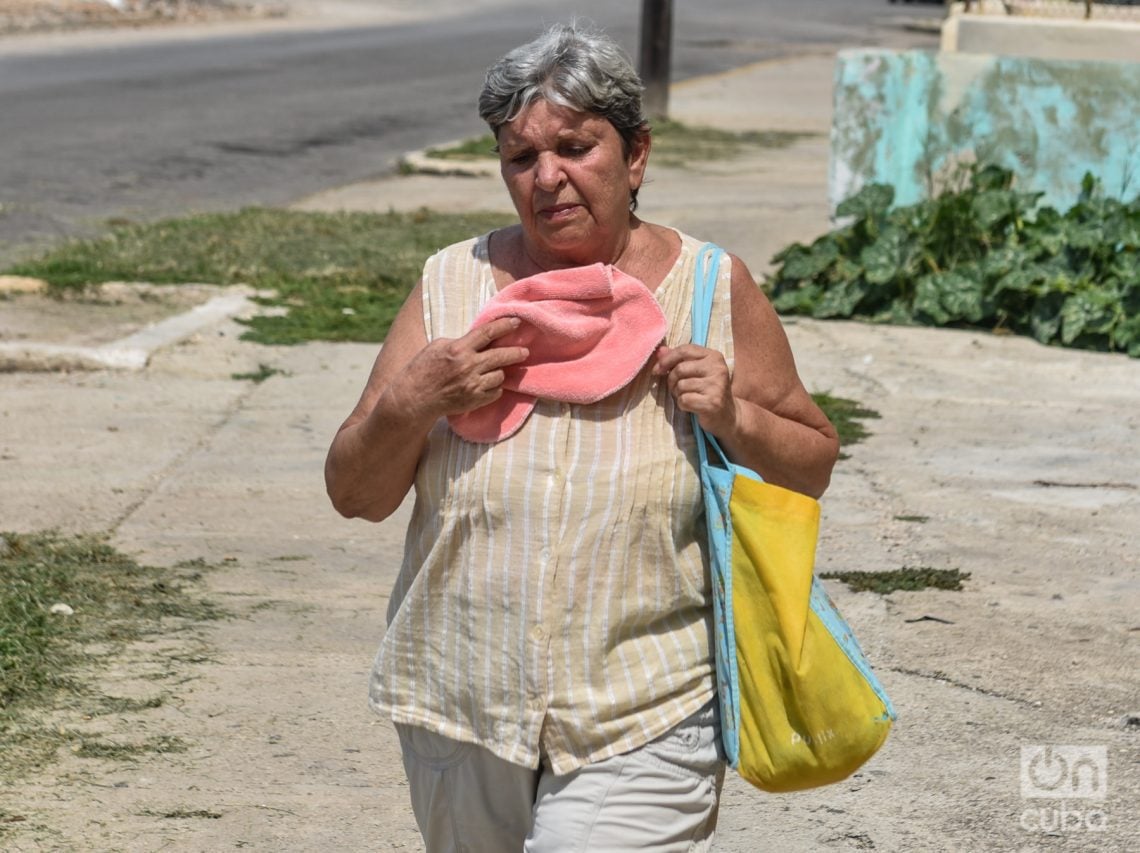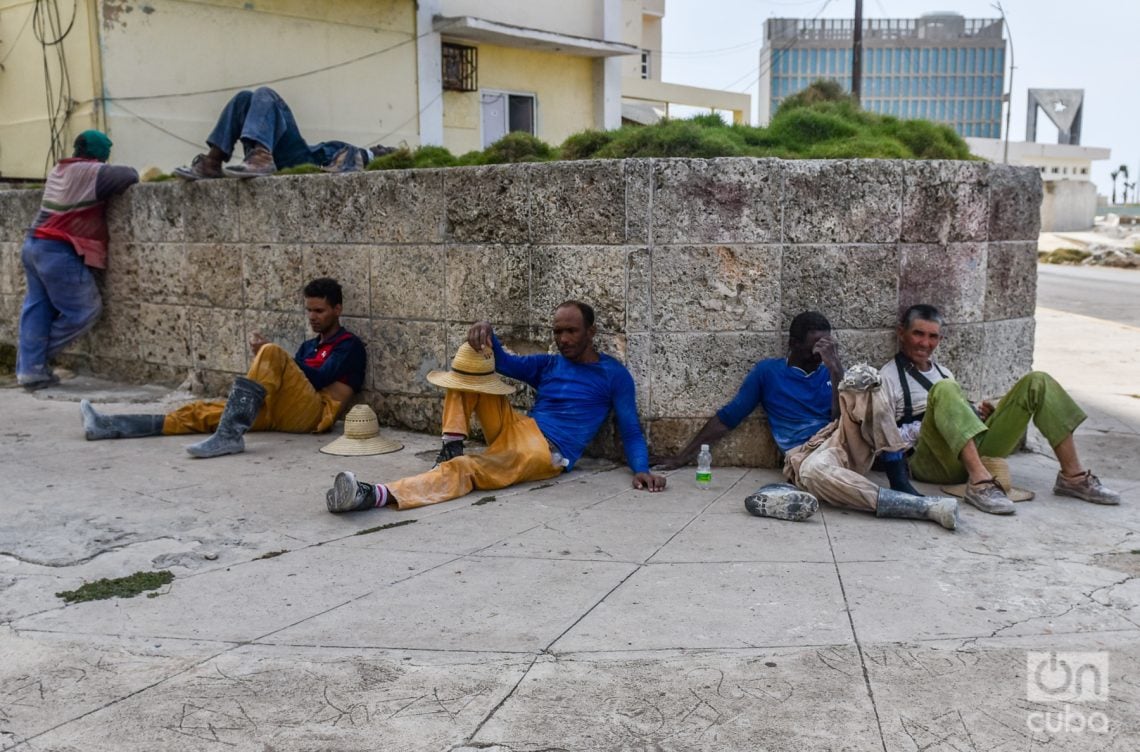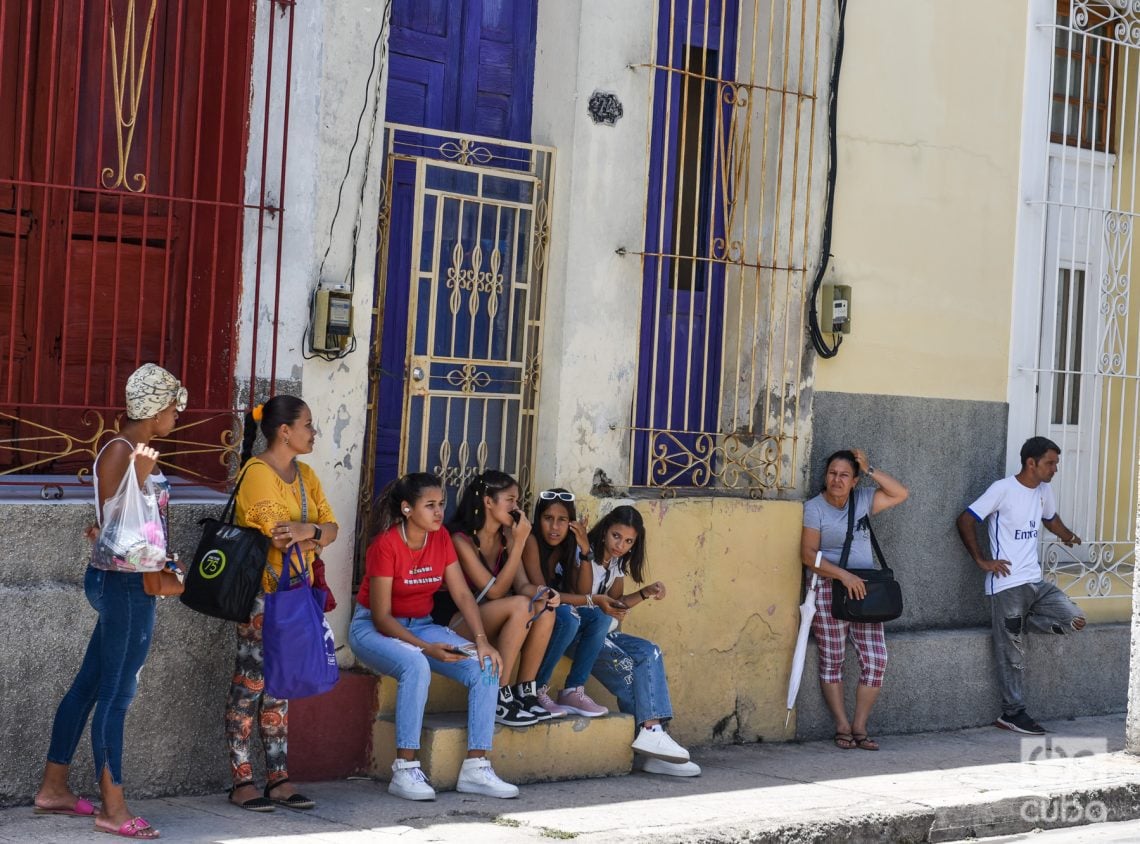Last July became the hottest month globally, with an average global temperature of 16.95ºC; This was announced by the World Meteorological Organization (WMO). For its part, the Cuban Institute of Meteorology indicated that a record temperature was recorded in the country in the last week of the month. Thermometers reached 39 degrees in Jucarito, Granma province. Really hot!
One of the causes that explain the phenomenon is the so-called “heat dome.” It forms in an area of high atmospheric pressure, when hot air is pushed down and becomes trapped in one place.
But rising temperatures aren’t just a drawback. Sometimes they cause health problems that, in extreme cases, can lead to death.

What is thermoregulation?
The human organism can be understood as an engine, which converts its fuel (food) into energy and generates heat. Maintaining the temperature of this “engine” between 35.8 and 37.2ºC is essential for maintaining vital functions.
For this we have a complex system. The “thermostat” of this system is located in the hypothalamus, an area of the brain that receives the information generated by a network of sensors located in the skin, spinal cord, and different organs.
Given the increase or decrease in temperature, this system makes us respond voluntarily or involuntarily. For example, we can increase or decrease physical activity, seek protection and/or shelter, or the opposite, etc.
On the other hand, the body is capable of losing heat by different mechanisms. The most efficient is radiation. We lose 60% of the heat in the form of infrared rays, because at all times the body is trying to regulate itself internally based on the temperature of the environment. That loss varies depending on whether we are in hotter or colder areas. This occurs when the body is hotter than the environment.
When room temperature approaches body temperature, sweating is the main route of heat loss. Sweat cools the skin as it evaporates. If the humidity in the environment is high, this mechanism slows down and heat loss becomes difficult. This is the case in humid and hot climates, such as Cuba.
Voluntary mechanisms for heat loss — although less effective — are convection, which involves the transfer of heat to fresh water or air (for example, when we stand in front of a fan), and conduction, when heat is transferred to the coldest surfaces that are in contact with the body (such as when we put an ice pack on our forehead).
Heat illnesses
There are different classifications to address illnesses caused by heat. Let’s review a few:
Heat cramps
They constitute the mildest form of a disorder caused by high temperatures. In fact, it is very common to see it in high-intensity athletes after a strenuous game. They frequently occur in active workers and soldiers, who endure high temperatures and intense physical load.

Cramps are strong contractions of the muscles. They usually occur on the hands, calves, feet, thighs, or arms. There is usually pain and the intensity varies.
Faced with a manifestation like this, rest in a cool environment is indicated. One or 2 liters of an isotonic drink should be consumed: water with 2 teaspoons of salt is usually enough. Contradictorily, drinking large amounts of water causes cramps to increase, because their cause is not a lack of fluid but salts that are lost through sweating.
Severe heat cramps are treated with fluids and salts given through an IV. Stretching the involved muscle often relieves pain immediately.
Heat exhaustion
Heat exhaustion is a non-life-threatening condition. Patients remain conscious in most cases and body temperature does not exceed 40°C.
Its onset may be sudden or have a gradual onset, especially after prolonged periods of exercise. The most frequent symptoms are:
• cold, clammy and goosebumps skin
• heavy sweating
• weak and rapid pulse
• low blood pressure when getting up
• muscle cramps
• nausea
• fatigue
• headache
• dizziness
• fainting
The fundamental cause of the manifestation is the body’s inability to lower body temperature through sweating. The loss of fluids and salts necessary for the proper functioning of the body is responsible for the appearance of symptoms, which in extreme cases could lead to momentary loss of consciousness, known as syncope.
Any healthy person can have heat exhaustion. However, certain factors increase the risk, among them we have:
• Extreme ages: children under 4 years of age and adults over 65 years of age. In the case of children, the thermoregulatory system is not fully developed, while in the elderly it has lost part of its capacity.
• Users of some drugs: this includes those who take drugs to treat high blood pressure, such as beta-blockers, diuretics; antihistamines, used for allergies; antipsychotics, used by some psychiatric patients, among others.
• Obese: being overweight can affect your body’s ability to regulate temperature and cause you to retain more heat.
Heatstroke
Heatstroke is a serious, life-threatening condition that causes very high body temperature (>40°C) and failure of various organ systems.
The manifestation can occur quickly, when the person is doing physical activity in extreme heat or when staying in a hot and closed environment. It is the second cause of sudden death in high performance athletes. It is also seen in soldiers, workers in hot environments, who must wear heavy protective clothing, such as firefighters and foundry workers. Older people, those with certain health conditions (heart, lung, kidney, or liver problems), and young children are especially vulnerable.
Heatstroke can temporarily or permanently damage vital organs such as the heart, lungs, kidneys, liver, and brain. The higher the temperature (especially if it exceeds 41ºC), the faster the onset of symptoms. In severe cases it can even cause death.
Common symptoms are similar to heat exhaustion, but more intense. Usually, people do not perceive that their body temperature is very high.
Altered brain function can range from confusion and disorientation, to having seizures or falling into a coma.
Because it is a medical emergency, it must be treated in an intensive care unit. However, while awaiting transport to hospital, the affected person should be immersed in cold water. If immersion is not possible, the person should be cooled by moistening the body with water and then exposing it to a draft with a fan (evaporative cooling).
To moisten the skin, it is better to use slightly hot or lukewarm water than to use cold water, in this way we prevent the person from shivering, which can make them generate more heat. The use of antipyretic drugs, such as aspirin or paracetamol, is ineffective in these cases and should be avoided.
The risk of death from heatstroke depends on the following factors:
• age
• level of severity of any pre-existing health conditions
• most extreme body temperature level
• length of time that this body temperature remains constant

What can we do to prevent heat illnesses?
There are a number of measures that can help prevent heatstroke. These are some of them:
• Wear light and loose clothing.
• Protect skin from sunburn by wearing hats, caps, and sunscreen (burns affect the body’s cooling capacity).
• Drink much liquid. Staying hydrated helps the body sweat and maintain a normal temperature.
• Take precautions in case of taking certain medications: if you have indicated any of the medications mentioned (drugs to treat high blood pressure, such as beta-blockers, diuretics; antihistamines; antipsychotics, among others) you should be alert to the appearance of any symptoms, especially in these summer months.
• Do not stay in a parked car, even in the shade (common cause of heat-related death in children).
• Avoid strenuous activities during the hottest times of the day. It is advisable to schedule exercises or physical work for the coolest times, such as early in the morning or at night.
Heat illnesses are a syndrome characterized by a gradual increase in temperature and other associated symptoms. People at extreme ages and with previously compromised health status are the most at risk.
However, we are all vulnerable. It is important to take steps to keep ourselves protected.
Fever and hyperthermia, what is the difference?
Fever and hyperthermia are characterized by an increase in body temperature above normal. However, these are two different manifestations, with different implications and treatments.
The fever is due to the presence of a pyrogen. That is, a substance that activates “the heating system” of the body. This increase in body temperature is identified by the hypothalamus, which activates the “cooling system,” which culminates in the “defervescence” or disappearance, by natural mechanisms, of the fever.
In hyperthermia, for its part, there is a lack of control of thermoregulation, which may be due, as we have already seen in the article, to a sudden increase in room temperature or carrying out intense physical exercises in very hot conditions. But those are not the only causes: dehydration, alcohol withdrawal, exposure to some drugs such as inhalation anesthetics and neuroleptics, such as haloperidol; cerebrovascular diseases and some hormonal pathologies can damage the body’s thermoregulatory system, especially its “thermostat,” the hypothalamus, generating this manifestation.
Other differences between the two are:
• fever never exceeds 41.7°C; in hyperthermia up to 46°C has been recorded.
• fever is a survival mechanism, while hyperthermia is a dysfunctional reaction that can cause damage and death.
• fever is treated with antipyretics such as paracetamol, dipyrone, etc. In hyperthermia, the use of these drugs does not make sense because the thermoregulatory system is damaged and it is necessary to use physical means to reverse the condition.










